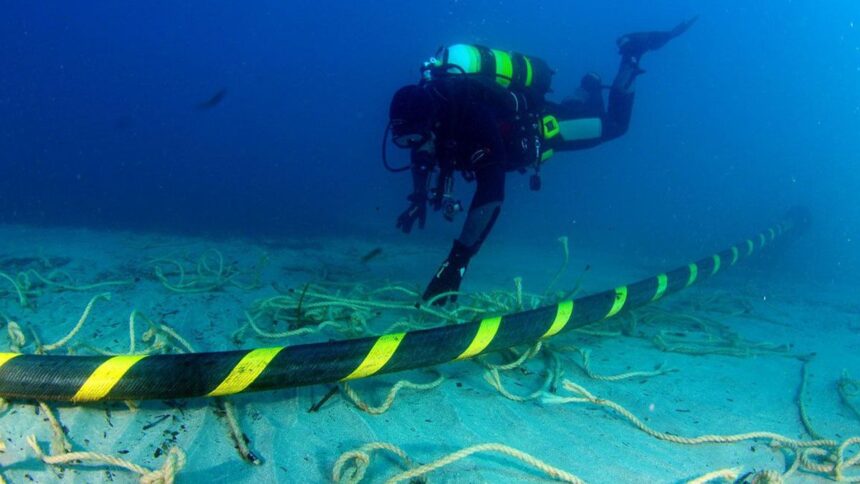Meta, the parent company of platforms like Facebook, Instagram, and WhatsApp, is planning to build a new submarine cable network spanning over 40,000 kilometers. The project is speculated to be a response to geopolitical tensions, with the aim of ensuring a more secure and stable infrastructure for the company’s global communications.
Some of the regions at risk of potential sabotage to existing cables due to these tensions include the Red Sea, South China Sea, Egypt, Marseille, Strait of Malacca, and Singapore. These areas are considered vulnerable to cable cuts, which are not only costly to repair but also require specialized vessels that are limited in availability worldwide.
The investment for Meta’s new submarine cable network is estimated to be around $10 billion (approximately R$59.7 billion). Meta currently holds partial stakes in 16 existing submarine cable networks, including 2Africa, which at 45,000 kilometers is one of the longest cables in the world, connecting Europe, Africa, and the Middle East.
However, Meta’s new cable will be entirely owned by the company, allowing it to prioritize traffic for its own platforms and services. This is a model already employed by Google, which has invested in both its own cables and in 33 other submarine cable projects.
The planned cable will run through key strategic locations, starting from the west coast of the United States and extending across the ocean to connect countries such as India, South Africa, and Australia. While the timeline for the cable’s completion is still unclear, it is expected to take five to ten years to build. Meta plans to provide further details about the cable’s capacity and route by 2025.
What are submarine cables?
Submarine cables form a crucial global network of connectivity, stretching across oceans to link widely populated continents. Initially launched in the 1850s to support telegraphy and long-distance telephone communication, these cables have evolved to become vital for internet data transmission.
Today, hundreds of submarine cables are operational worldwide, typically managed by telecommunications companies and major technology firms. In Brazil, dozens of these cables are in place, primarily concentrated in coastal cities like Santos, Praia Grande, Rio de Janeiro, and Fortaleza.





